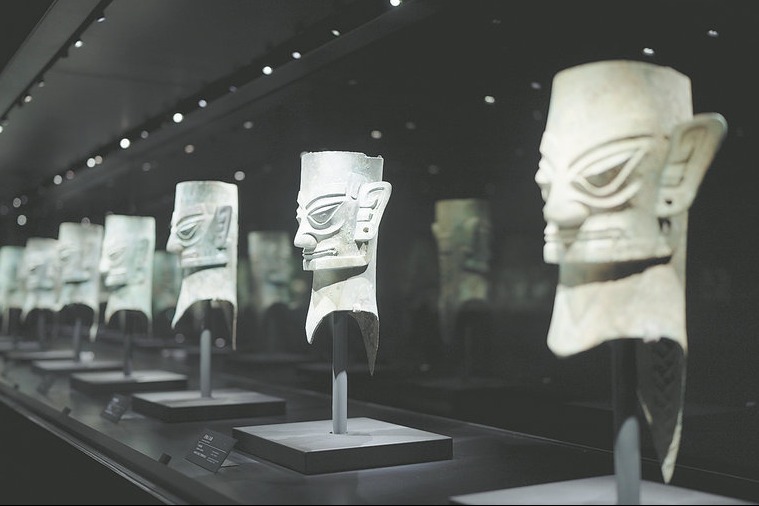Imperial sacrifices reveal intriguing facts
By Wang Ru | China Daily | Updated: 2023-09-07 08:10

The newly discovered panda remains are complete and show that it was placed on its side in a rectangular brick enclosure, with its head facing toward the emperor.
For Hu, the remains of an Asian tapir, an animal now extinct in China, is a much more important discovery. She vividly remembers the first time she saw its bones.
"It was an afternoon, and a member of the archaeological team asked me to take a look at some remains they had just discovered, thinking they might have belonged to a camel. But the moment I saw them, I realized they belonged to a tapir, as I had studied tapir fossils and recognized the shape."
Hu was surprised by the finding and quickly realized its value.
"Tapir remains have been found before in other sites around China, like the skull and jawbone unearthed at the Yinxu Ruins in Anyang, Henan province, but this is the best-preserved example found so far.
"The tapir has died out in China, but its presence here in the past shows that the climate and environment has changed a lot since then," says Hu.
After preliminary morphological comparisons, data analysis and ancient DNA identification, the bones of 40 kinds of animals, including red cranes, green peacocks, tortoises, golden monkeys, tigers, mainland serows, Indian bison, yaks and antelopes, have been found, and are believed to have lived in the royal gardens.
Western Han (206 BC-AD 24) poet and musician Sima Xiangru, who lived during the 2nd century BC, described the Shanglin Gardens, a large royal garden, and many of the animals he mentioned were also found in the sacrificial pits, Hu says.
























